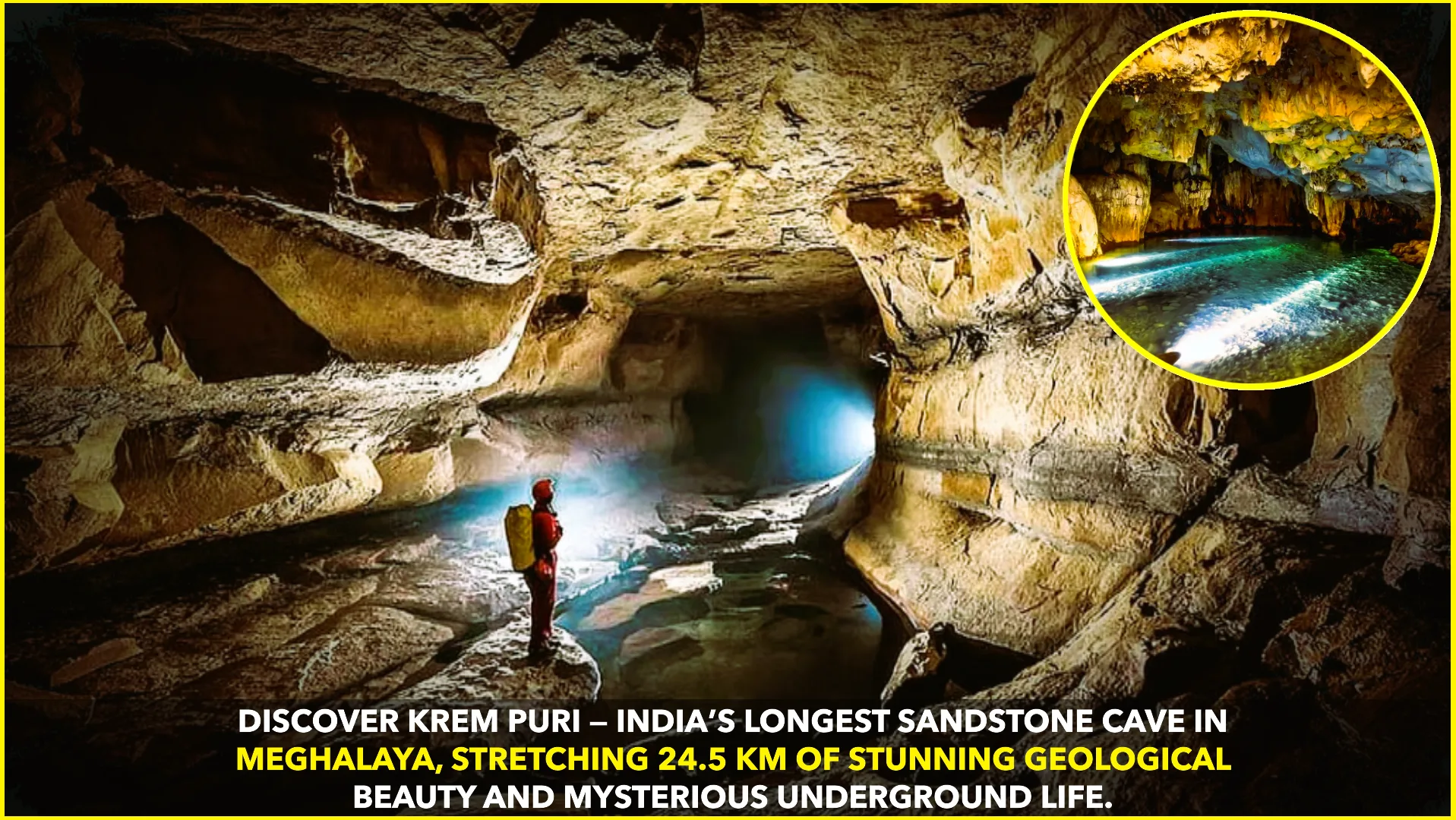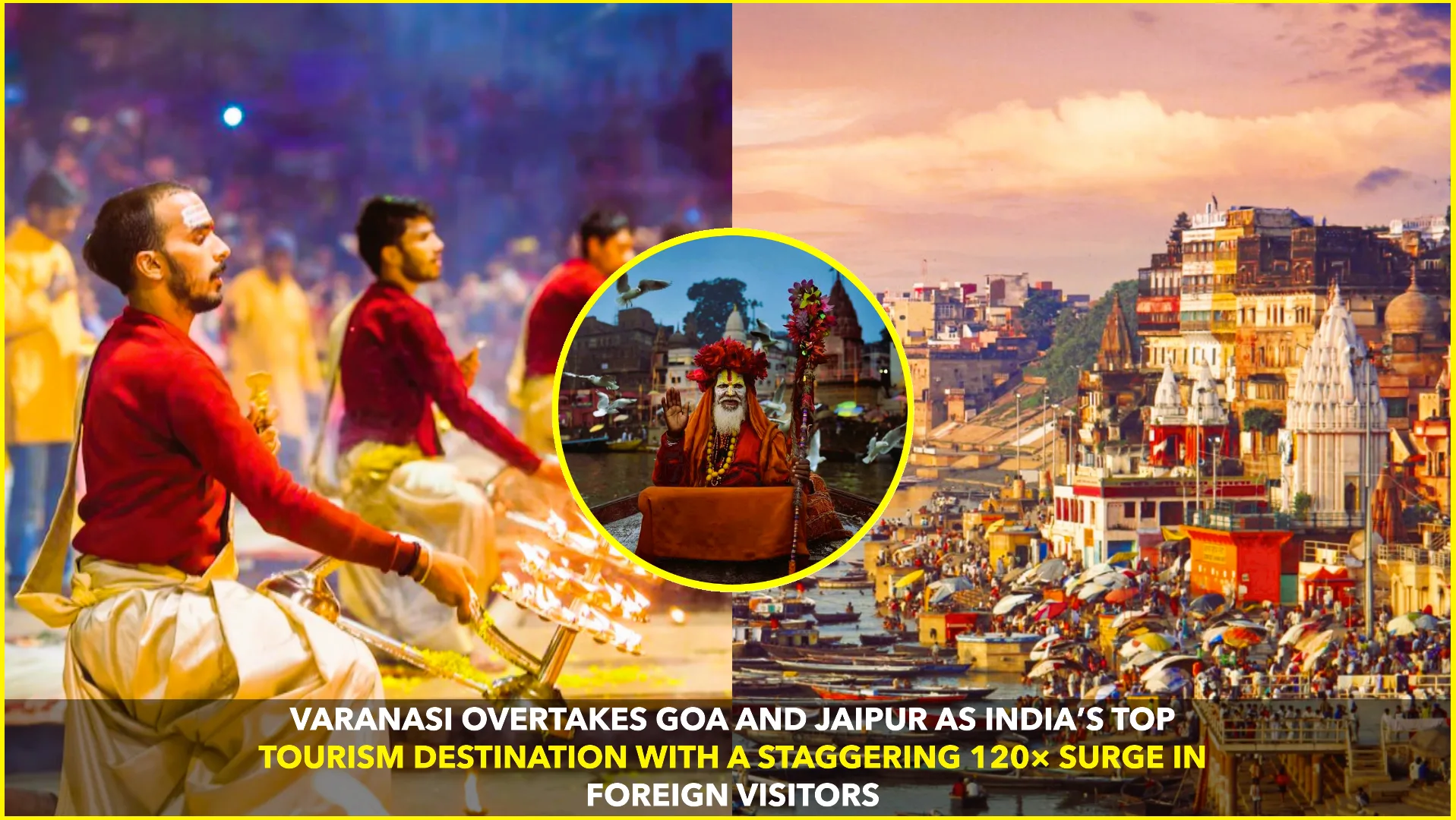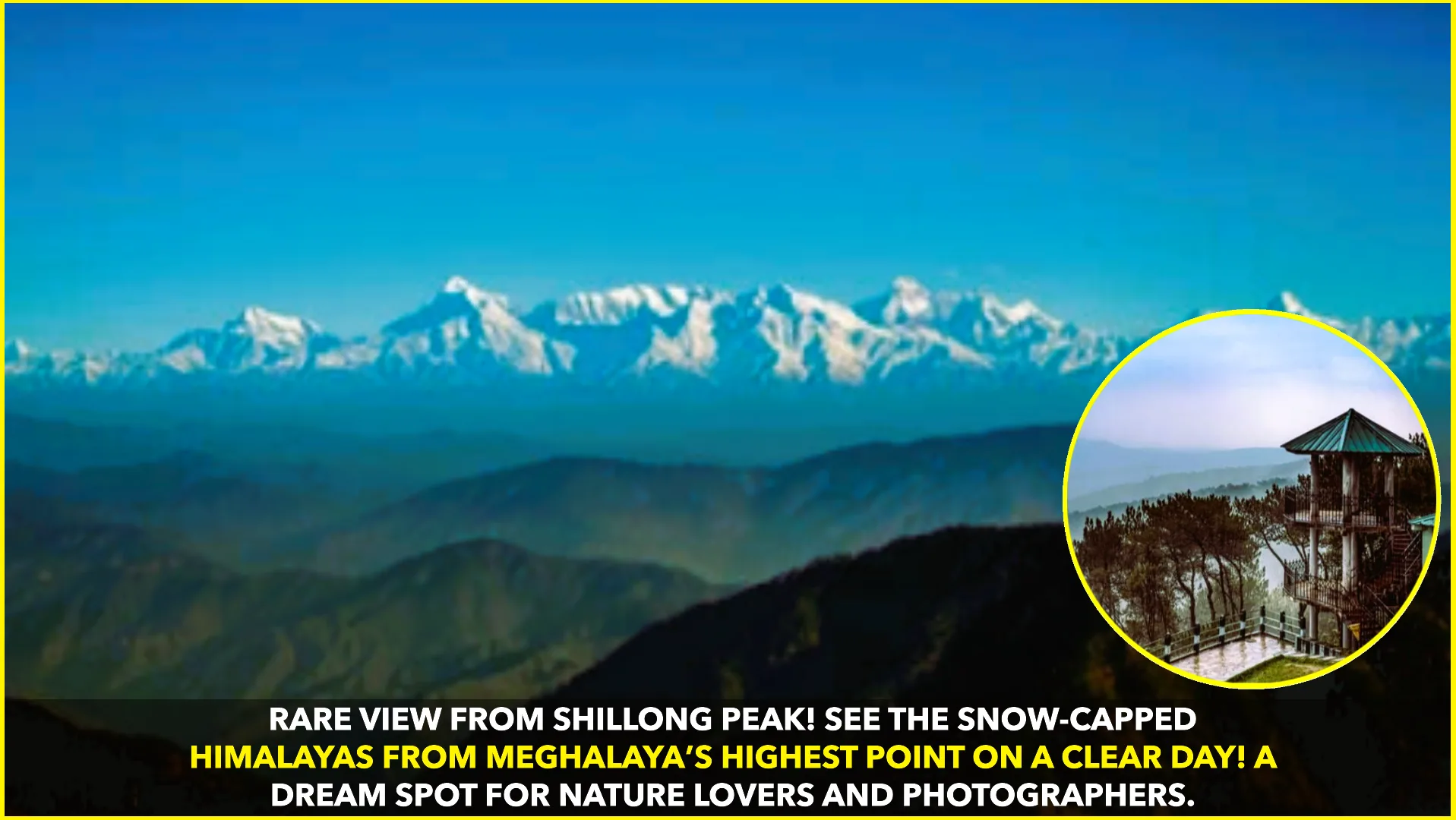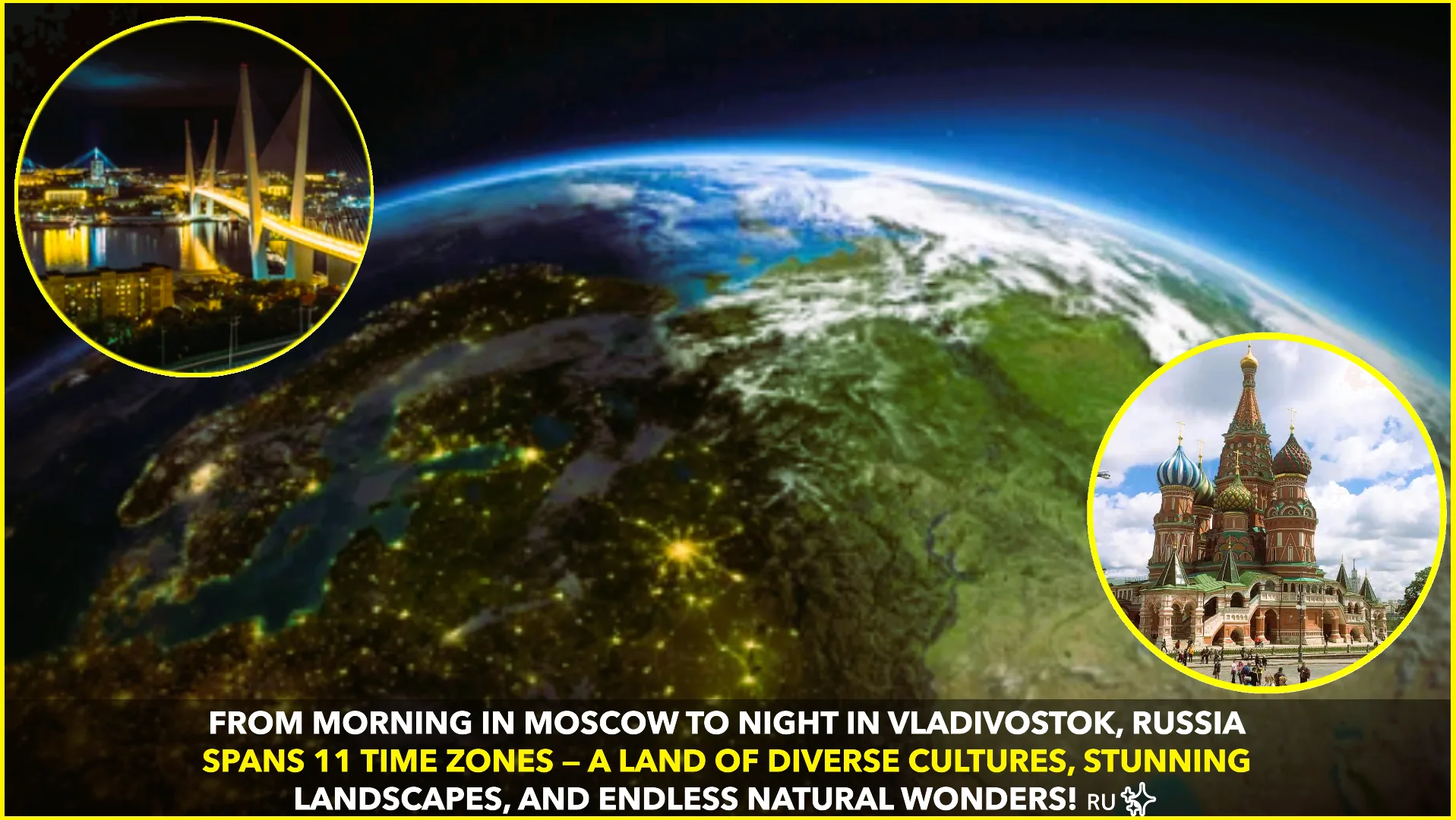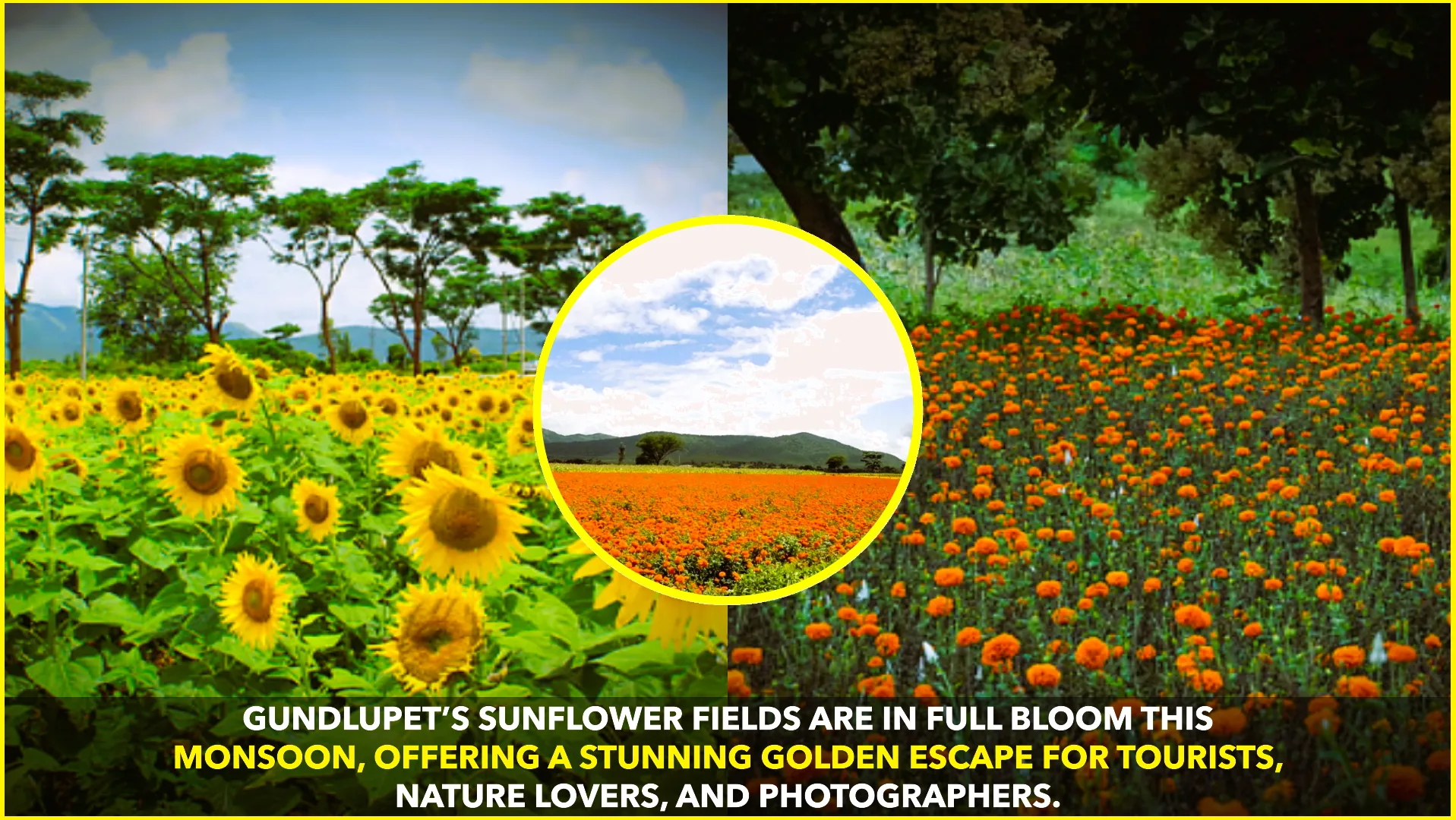Tucked deep within the lush East Khasi Hills of Meghalaya lies a geological marvel that has quietly captured the imagination of explorers and scientists alike — Krem Puri, the world’s longest sandstone cave, stretching an astonishing 24.5 kilometers. This subterranean labyrinth is not just a record-breaker but also a natural time capsule that reveals millions of years of Earth’s geological history.
Discovered in 2016 and officially measured in 2018 by the Meghalaya Adventurers’ Association (MAA), Krem Puri surpasses some of the most famous caves in the world, including the Mammoth Cave system in Kentucky (for limestone formations). What makes Krem Puri unique is that it’s entirely carved out of sandstone, a feature that sets it apart from most known caves on the planet.
A Geological Masterpiece
Krem Puri’s underground world is a spectacle of nature’s artistry. Massive natural arches, finely layered sandstone walls, and winding tunnels define its landscape. The cave also features subterranean streams that snake through its corridors, creating a symphony of dripping water that echoes through the darkness.
Experts believe that the cave system was formed over millions of years through the slow erosion of sandstone by water. The intricate passageways and multi-level chambers suggest a long history of geological activity — a reminder of how nature, through time and persistence, can sculpt masterpieces hidden from the human eye.
According to geologists, studying Krem Puri helps them understand sedimentary rock formations and the ancient climatic conditions of the region. The cave’s layers act like pages of a natural history book, preserving clues about how this part of Meghalaya evolved through different geological eras.
A Habitat of Hidden Life
Beyond its geological significance, Krem Puri also supports a rare subterranean ecosystem. Explorers have reported sightings of cave-dwelling bats, blind fish, and insects adapted to complete darkness. These species have evolved in isolation, depending on the fragile cave ecosystem that thrives without sunlight.
The absence of light gives rise to unique adaptations — translucent skin, heightened senses, and remarkable survival mechanisms. Scientists consider Krem Puri a living laboratory to study biodiversity in extreme environments. The discovery of microfauna and ancient fossils within the cave adds even more scientific value to this hidden wonder.
Adventure Awaits in Meghalaya
For adventurers, Krem Puri offers a once-in-a-lifetime experience. The cave’s sheer size, coupled with its intricate pathways, challenges even the most seasoned explorers. However, this isn’t a cave one can simply walk into — navigating its depths requires expert guidance, proper gear, and a strong sense of adventure.
Located near Laitsohum village, about 60 kilometers from Shillong, the journey to Krem Puri is as mesmerizing as the destination itself. The surrounding East Khasi Hills are carpeted with lush forests, waterfalls, and misty valleys, making it a paradise for nature lovers.
Tourism authorities are gradually promoting Krem Puri as a sustainable eco-adventure site, emphasizing responsible exploration to preserve its delicate ecosystem. Visitors are encouraged to travel with authorized guides and minimize environmental impact while exploring this underground marvel.
A Treasure Beneath the Earth
Krem Puri is more than a cave — it’s a living monument of natural history, adventure, and wonder. Every turn and crevice reveals something new: a fossil, a ripple-marked wall, or a crystal-clear pool formed over millennia. For geologists, it’s a record of Earth’s past. For explorers, it’s a test of courage. And for nature enthusiasts, it’s a reminder of how much beauty still lies hidden beneath the surface.
As India continues to discover its natural treasures, Krem Puri stands tall — or rather, deep — as a testament to Meghalaya’s breathtaking landscapes and the mysteries that lie within.
Source (APA-style):
Meghalaya Adventurers’ Association. (2018). Krem Puri: The World’s Longest Sandstone Cave Discovered in Meghalaya. Retrieved from https://www.meghalayatourism.in






